Supervisors ink negotiating agreement with Pacific West Communities for Bay Point Orbisonia Heights mixed use development; Extend temporary industrial hemp cultivation moratorium to Sept. 30
By Daniel Borsuk
By next Wednesday, Contra Costa County residents can expect the county to graduate from the Purple Tier to the less restrictive Red Tier, Contra Costa County Public Health Officer Dr. Chris Farnitano announced Tuesday as the daily cases per 100,000 continues to decline to 7.9 per day.
The red tier designation means businesses and gyms can reopen at 25 percent capacity and retail businesses can reopen at 50 percent capacity. Schools are also reopening with COVID-19 health precautions in place for students and on-site staff.
When Contra Costa County does graduate to the red tier next week, it along with Sonoma County will be the final two Bay Area counties to move into the less restrictive tier.
Dr. Farnitano delivered the upbeat report at the Contra Costa County Board of Supervisors meeting on Tuesday.
Progress is also materializing as more Contra Costa County residents from all economic and racial groups roll up their sleeves to be inoculated with COVID-19 vaccines. About 370,000 county residents have been vaccinated with either the Moderna or Pfizer-BioNTech vaccines, said Contra Costa County Health Director Anna Roth.
As for last week’s development where the state designated health giant Blue Cross to manage the state’s COVID-19 vaccination appointment system, Dr. Farnitano said. “We are still working with Blue Shield during the transition.”

Orbisinio project site in Bay Point. Photo by Daniel Borsuk
Approve Bay Point Property Exclusive Negotiating Agreement
After years of neglect and bumps in the economy, the county might be taking another stab at trying to nail down an exclusive negotiating development agreement to finally get a 7.7-acre of county-owned property on Bailey Road to the west, State Highway 4 to the north and West Leland Road to the south, developed.
Supervisors voted 5-0 to approve the exclusive negotiating agreement that was a consent agenda item at Tuesday’s supervisors’ meeting.
The vacant property is near the Bay Point-Pittsburg BART Station, the Oak Hills Shopping Center on Bailey Road and Ambrose Park to the East. The proposed development is commonly known as the Orbisonia Heights project in Bay Point.
In 2009 the county failed to develop the property when the real estate market collapsed, said Maureen Toms, deputy director of policy planning division of the Contra Costa Conservation and Development Department (CCCDD).
Supervisors designated the CCCDD Director John Kopchick. or his representative. to negotiate and execute an exclusive negotiating agreement with well-known multi-family housing developer Pacific West Communities of Eagle, ID for the potential development of a at least 325 multiple family residences and 40,000 square feet of commercial space.
At least 15 percent of the residential units would be affordable housing, Maureen Toms, CCCDD deputy director of policy, told the Contra Costa Herald in an email.
“There were delays due to the poor economy and the elimination of redevelopment. We have been working with Pacific West Communities to develop the property,” Toms wrote in the email.
Planners have visions of developing four-story structures over parking with 15 percent of the residential units designated as affordable housing.
“It has been a long time coming,” said District 5 Supervisor Federal Glover of Pittsburg, who is reservedly excited about the potential of getting the Orbisonia Heights development finally up and running. “We’re at that point to get the development underway because it is near BART, shopping, and Ambrose Park.”
Glover envisions the possibility that other services could be included in Orbisonia Heights project such as a library and retail.
A representative for Pacific West Communities was unavailable for comment.
Supervisors Extend Temporary Industrial Hemp Cultivation Moratorium to September 30
Even though District 3 Supervisor Karen Mitchoff of Pleasant Hill initially pushed for a June deadline on extending an urgency ordinance extending a moratorium on Industrial Hemp cultivation in East Contra Costa County, Mitchoff eventually relented and agreed with colleagues and CCCDD Director Kopchik to set a deadline of September 30.
The supervisors’ action marks the third urgency interim ordinance that the supervisors have set in order to accommodate county officials in developing new regulations that accurately balances the sensitive commercial and agricultural activities of hemp interests versus homeowners land value and safety interests.
Supervisors have heard complaints from East County homeowners about criminal and traffic impacts stemming from hemp growing operators while hemp growers have defended their thriving businesses as being safe and economically solid sources of income for local residents.
At one point, District 3 Supervisor Karen Mitchoff of Pleasant Hill wanted to curtail the timeline for CCCDD staff and Agriculture Commissioner Weights & Measures Director Matt Slattengren to draft a new county hemp ordinance by setting a July 30 deadline. But CCCD Director Kopchik was able to convince Mitchoff and other supervisors that due to work assignments, a September 30 deadline would be more realistic.
Making it difficult for county officials to draft new regulations on hemp cultivation is the fact there is little if anything on the books that regulates the rising hemp industry in California. The urgency ordinance makes this obviously clear stating: “Under state law, industrial hemp is not subject to the same regulatory provisions as cannabis. Health and Safety Code section 11018.5(b) exempts industrial hemp from regulation under Medicinal and Adult-Use Cannabis Regulation and Safety Act. As a result, the county’s cannabis regulation ordinance, Chapter 88-28 of the County Code, does not regulate the cultivation of industrial hemp within the unincorporated areas of Contra Costa County.”
At least this observer thinks, it appears county officials are left hanging in limbo on this hemp issue. It will be interesting to see what Kopchick and Slattengren are able to concoct in ensuing months.
Dentist-Engineer Dr. Jack Rosenfeld Recognized for 30 years of Service
Supervisors recognized Dr. Jack Rosenfeld, who retired after 30 years of service with Contra Costa Health Services as a dentist. “Dr. Rosenfeld has worked at various clinics throughout West, Central and East Contra Costa County, providing a wide array of dental services to the community,” the board of supervisors’ resolution stated about the dentist.
His specialty was practicing dentistry in underserved populations at several community clinics and Native American reservations throughout California.
Before studying dentistry at UCSF School of Dentistry, Dr. Rosenfeld was an electrical engineer. Dr. Rosenfeld used his electrical engineering training to develop a dental safety device that is still in production.
Supervisors Recognize American Red Cross Month
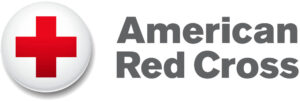 With March being American Red Cross Month, supervisors acknowledged the organization’s 140- year mission of preventing and alleviating suffering by noting that in 2020 in Contra Costa County, 115 families affected by home fires relied on the American Red Cross volunteers for aid.
With March being American Red Cross Month, supervisors acknowledged the organization’s 140- year mission of preventing and alleviating suffering by noting that in 2020 in Contra Costa County, 115 families affected by home fires relied on the American Red Cross volunteers for aid.
Contra Costa County residents donated 17,350 units of blood, the resolution stated. The resolution also noted that the American Red Cross hosted 142 blood drives, 3,459 local community members took classes to learn skills that save lives, and 719 military members and their families received support and services.
“Nearly 200 years since the birth of American Red Cross founder Clara Barton, we dedicate this month of March to all those who continue to advance her noble legacy, and we ask others to join in their commitment to care for people in need,” the resolution stated.











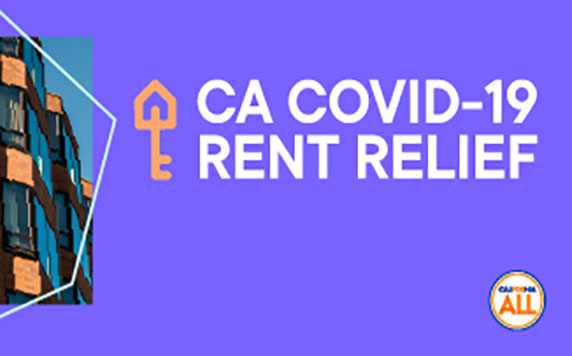
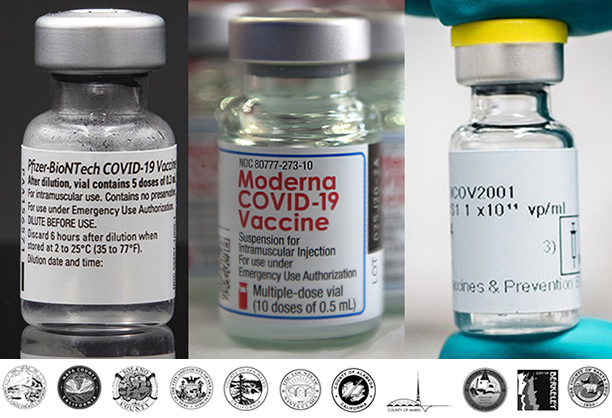

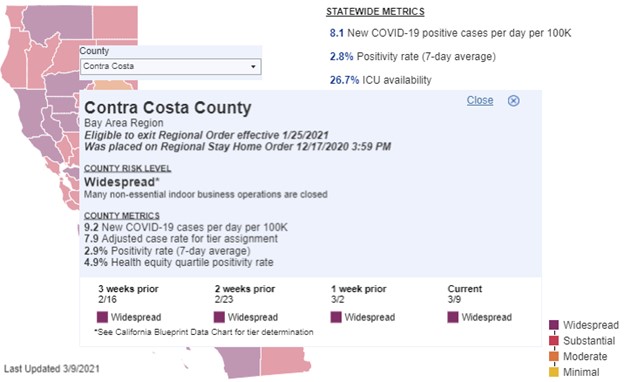

 With March being American Red Cross Month, supervisors acknowledged the organization’s 140- year mission of preventing and alleviating suffering by noting that in 2020 in Contra Costa County, 115 families affected by home fires relied on the American Red Cross volunteers for aid.
With March being American Red Cross Month, supervisors acknowledged the organization’s 140- year mission of preventing and alleviating suffering by noting that in 2020 in Contra Costa County, 115 families affected by home fires relied on the American Red Cross volunteers for aid.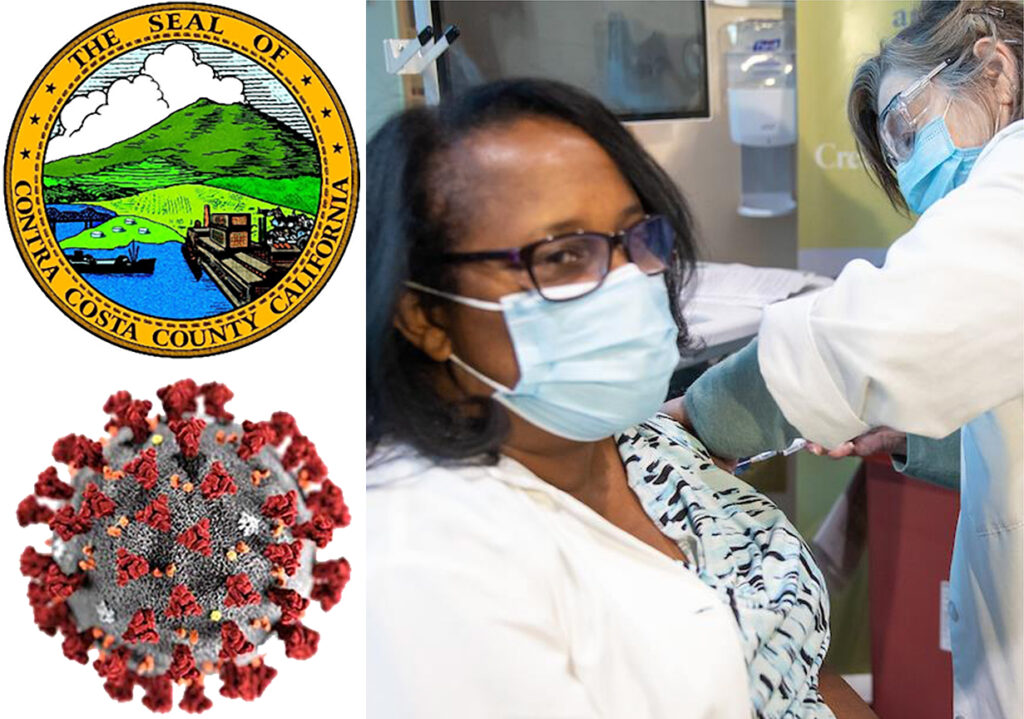

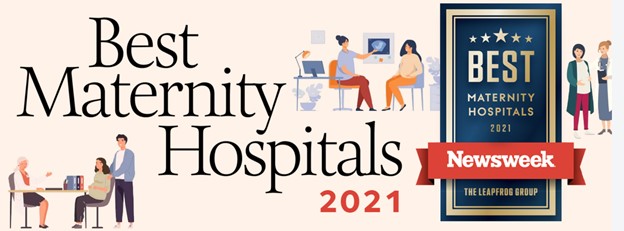
 Kaiser Permanente Northern California hospitals are among the top hospitals in the nation for excellence in maternity care, according to Newsweek magazine’s “Best Maternity Hospitals 2021” report.
Kaiser Permanente Northern California hospitals are among the top hospitals in the nation for excellence in maternity care, according to Newsweek magazine’s “Best Maternity Hospitals 2021” report.












